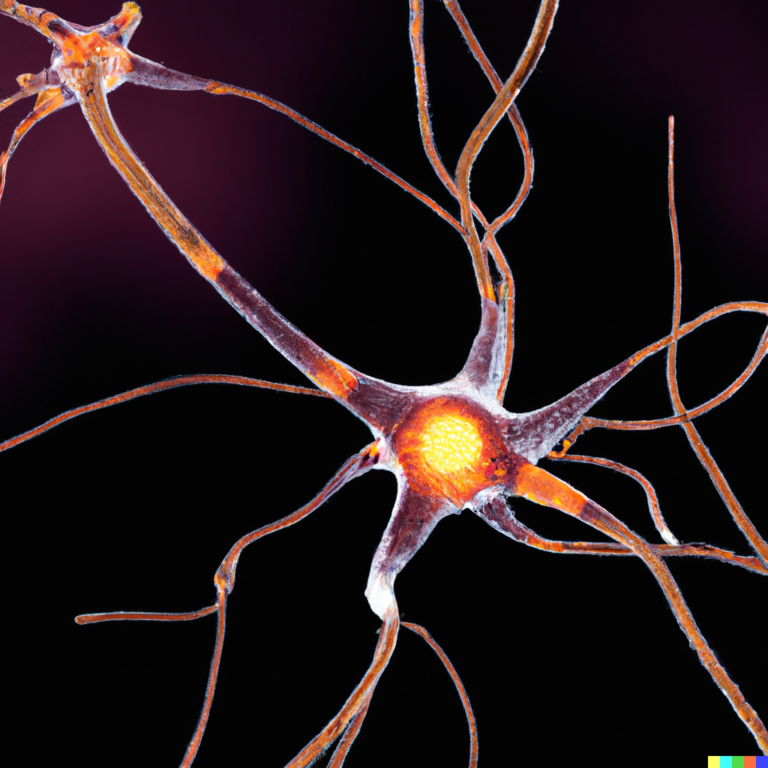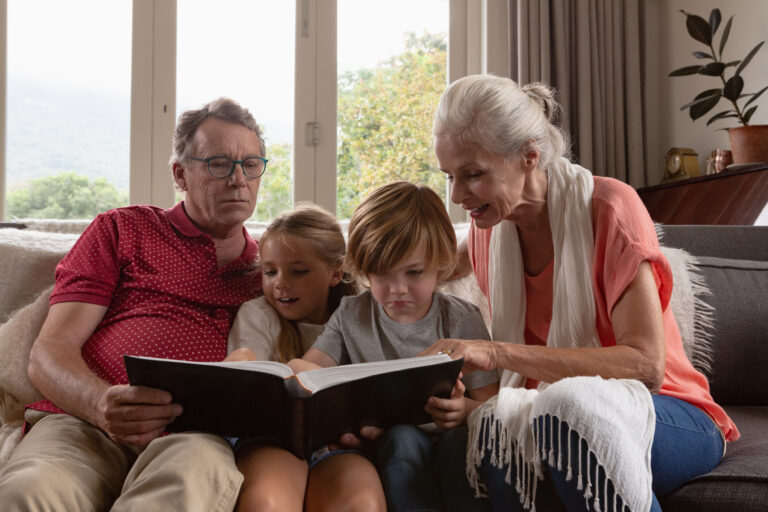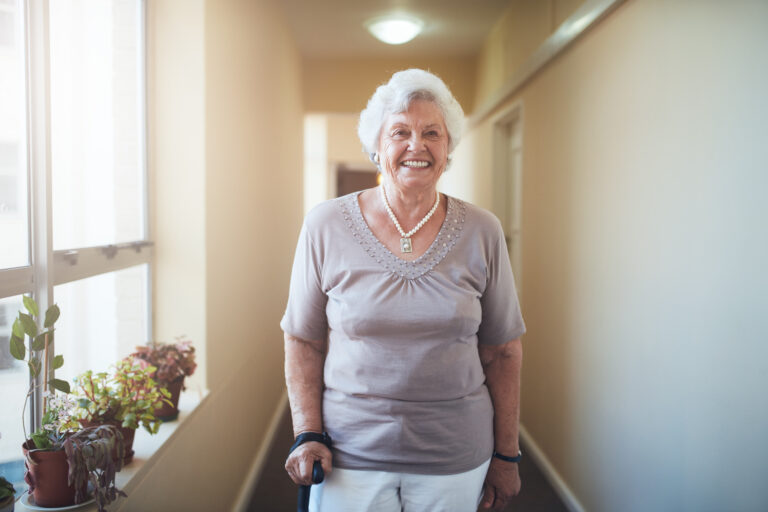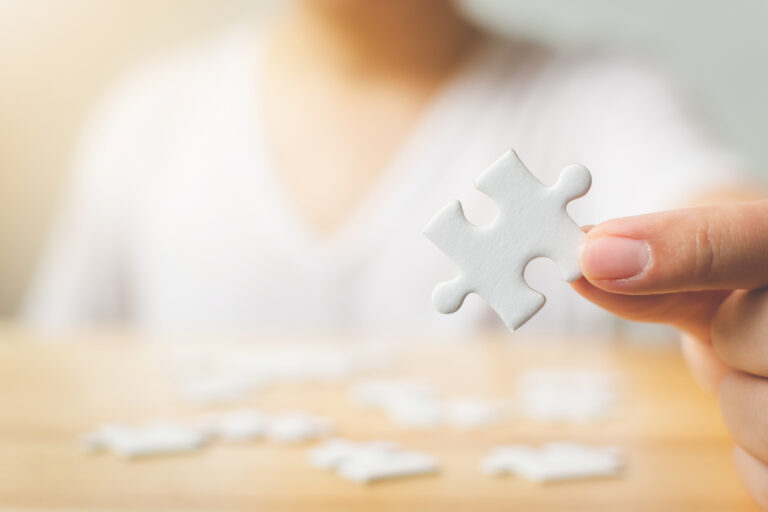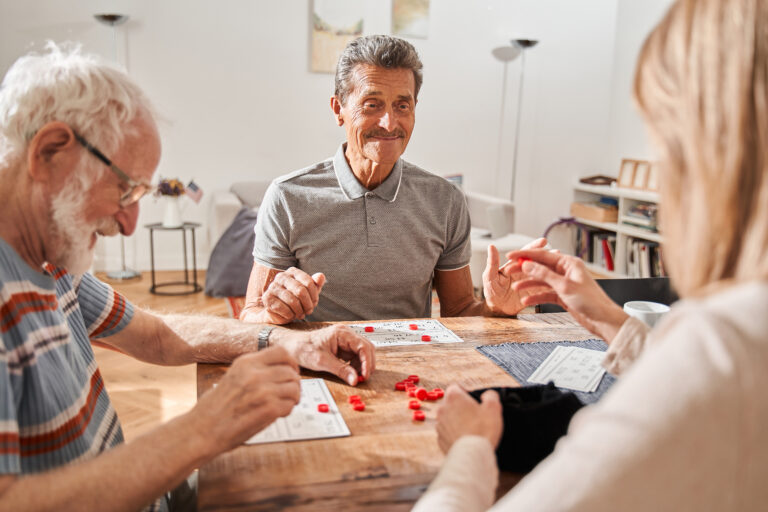for individuals with dementia
Dementia is a progressive disease that affects millions of people worldwide, causing cognitive decline and memory loss. As the disease progresses, individuals with dementia may become increasingly forgetful, confused, and disoriented. This can pose a safety risk for not only the individual but also those around them.
One particular concern is the access to guns and weapons by individuals with dementia. According to a study by Johns Hopkins University, nearly one in five elderly Americans with dementia have access to firearms in their homes. This raises serious concerns about the potential for accidents or harm caused by these weapons in the hands of someone with dementia.
As caregivers, family members, and loved ones of individuals with dementia, it is crucial to address the issue of weapon safety. The safety of both the individual and those around them should be the top priority. There are two main approaches to ensuring weapon safety for individuals with dementia – securing or removing guns and weapons.
Securing Guns and Weapons for Individuals with Dementia
One way to ensure the safety of everyone involved is to securely store guns and weapons within the household. This means keeping them locked away in a safe or cabinet, with the key or combination out of reach of the individual with dementia.
It is essential to communicate with the individual’s doctor or healthcare provider about their condition and determine if they are still capable of handling a gun safely. If it is deemed safe, it is crucial to educate them on proper gun handling techniques and supervise them while handling the weapon.
In addition to safely storing guns and weapons, it is vital to remove any ammunition from the same area. This eliminates any chance of someone with dementia accidentally loading and firing a weapon.
Removing Guns and Weapons from the Household
Another approach to ensure weapon safety for individuals with dementia is to remove all guns and weapons from the household. This may be a difficult decision for some families, especially if the individual has a strong attachment to their firearms. However, it is crucial to prioritize the safety of everyone involved.
It is essential to have a conversation with the individual about the reasons for removing the weapons and to do so in a calm and understanding manner. It may be helpful to involve their doctor or a trusted family member in this conversation to provide support and guidance.
If removing the weapons is not a feasible option, then they can be stored at a trusted family member or friend’s house. This still allows the individual to have access to their guns and weapons for recreational purposes but ensures they are out of reach when they are not supervised.
Other Safety Measures to Consider
Aside from securing or removing guns and weapons, there are other safety measures to consider when caring for an individual with dementia. These include:
1. Keeping all doors and windows locked – Individuals with dementia may wander and become disoriented, putting themselves in danger. Keeping the house secure can prevent them from leaving without supervision.
2. Install safety alarms – Alarms that go off when a door or window is opened can alert caregivers or family members if the individual attempts to leave the house.
3. Use child-proof locks – These types of locks can be used on cabinets and drawers that contain potentially dangerous items like knives or sharp objects.
4. Remove trip hazards – Make sure the house is free of clutter and remove any potential tripping hazards to prevent falls and injuries.
5. Consider home monitoring systems – These systems use cameras and motion sensors to monitor the individual’s movements and provide alerts if they are in potential danger.
Conclusion
In conclusion, when it comes to dementia weapon safety, securing or removing guns and weapons is crucial to ensure the safety of everyone involved. It is important to have open and honest conversations with the individual with dementia and involve their healthcare provider in decision-making.
Additionally, taking other safety measures such as keeping the house secure, installing alarms, and removing trip hazards can further prevent accidents and injuries. Caregivers and family members must prioritize the safety of their loved ones with dementia and take necessary precautions to avoid any potential harm.
